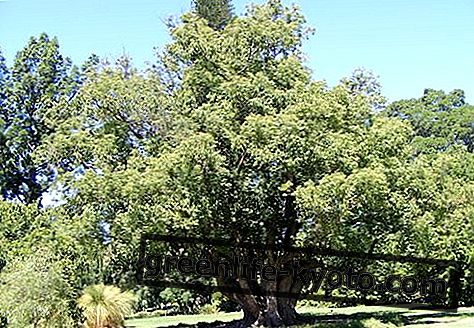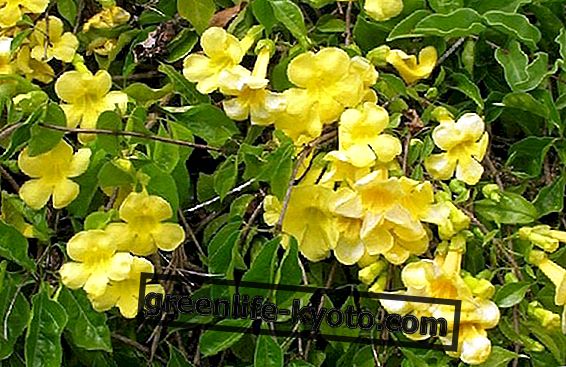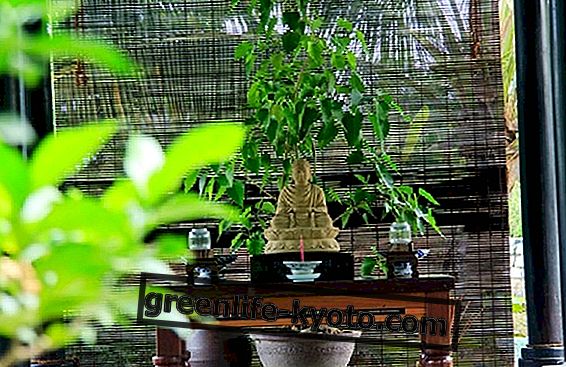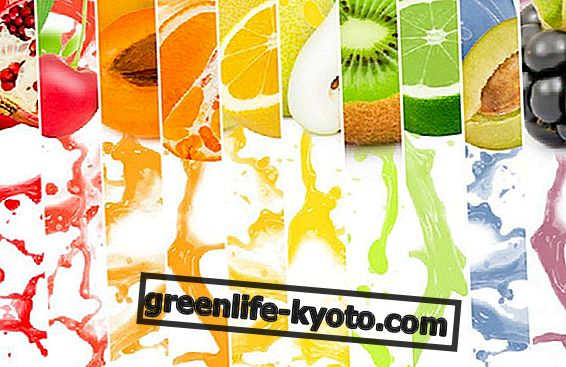
Permaculture is a model of planning and organization of agricultural activities and not that wants to develop a permanent ecological system, with maximum efficiency (without waste) for man, living beings and the environment.
The concept of permaculture was born first as a permanent agriculture and then as a permanent culture in an environment. In the 70s the founder of this concept, Bill Mollison, begins to create, experiment and spread the design according to the principles of permaculture.
The three spheres of competence that permaculture puts in the foreground are:
• caring for the earth
• caring for people
• resource sharing (establishing consumption limits and redistributing the surplus).
These three intents are the basis of all permaculture and are developed in the 12 guiding principles . Let's get to know them.
1. Observe and interact
As a first principle, permaculture makes us observe and then intervene on the situation and the environment. The phrase that supports this principle is " beauty is in the eye of the beholder ".
2. Collect and conserve energy
As a second principle, permaculture reminds us to preserve, collect, accumulate and maintain as much energy as possible in the system. The phrase that represents this principle is " prepare the hay as long as the sun is there ".
3. Secure a harvest
The third principle of permaculture is the purpose of implementing all those behaviors, all the practices and actions that lead to fruitfulness, to a harvest . The sentence that represents this principle is " you can't work on an empty stomach ".
4. Apply self-regulation and accept feedback
As a fourth principle, permaculture wants to learn self-regulation thanks to the return response from the environment and the total ecosystem that sends the positive or negative signal after an intervention.
The sentence that contains this principle is " the sins of the fathers will fall on the children up to the seventh generation " and is therefore to indicate that any act, modification and intervention will have modifications for the future.
5. Use and value renewable resources and services
As the fifth principle, permaculture proposes to enhance and use the resources and renewable services internal to the system and the phrase that contains this idea is " let nature take its course ".
6. Do not produce waste
The sixth principle of permaculture is very immediate: the non-production of waste and waste, everything is in the cycle and remains within it as a resource to be managed and used. The sentence that represents this principle is " a point in time saves 100 ".
What link can there be between theater and permaculture?
7. Designs from the retail model
As a seventh principle, permaculture proposes the purpose of evaluating the entire design as a whole and also in the smallest detail and in its modifications and developments in the future.
The sentence that indicates this principle is " the trees are not the forest " and we can well understand that everything is linked to the other elements and each entity composes the general picture.
8. Integrates instead of separating
As the eighth principle, permaculture wants to ensure that every intervention is integrated and connected in the context without fragmentation or separation with the other parts of the system. The phrase that exposes this concept is " many hands make work light ".
9. Small and slow is more beautiful
As the ninth principle, permaculture proposes us to rediscover the beauty of small things, of the cycles that flow at their own harmonic time and in the details and in the nuances we can review the beauty of the cosmos.
The sentence that represents this principle is "the bigger they are the more noise they make falling ." We could add "those who go slow go healthy and go far".
10. Use and value diversity
As a tenth principle, permaculture identifies diversity as the strong point because it is precisely from the uniqueness and singular specificity that the innumerable possibilities of success in an integrated ecosystem can be had.
The phrase that indicates this principle is " do not put all the eggs in one basket " since if they are all the same it is easy to break them all.
11. Use and enhance the margin
As the eleventh principle, permaculture focuses on the margin that is the transition zone from one environment to another but also the symbol between two different entities that mix and create more diversity right along the border area.
The phrase that represents this principle is " stop thinking of being on the right track just because it is the most popular ".
12. React to change and use them creatively
As a twelfth principle, permaculture wants to encourage people to become resilient, that is, to develop the ability to change and adapt to changes and to do so in a creative and positive way.
The sentence that contains the principle is " we must learn to see things not only as they are but also as they will be ".













